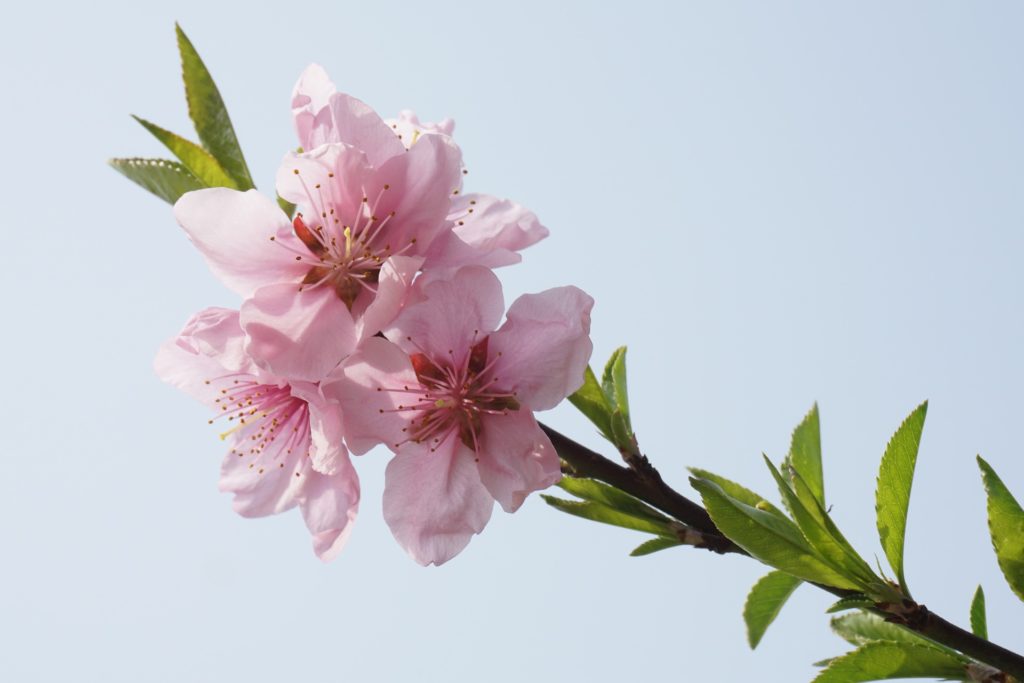
By Clint Thompson
Unseasonably warm conditions this winter is normal for a La Niña weather pattern. But it’s not what Southeast fruit tree producers want to experience. Not with chilling hours a vital part of the maturation process.
Pam Knox, University of Georgia Extension Agricultural Climatologist, said producers will keep an eye on what temperatures the new year brings – the lower the better.
“We’re pretty close to the same number of chill hours this year as we were last year, but those are both lower than the long-term averages,” Knox said. “When we’re in a La Niña, it’s a little bit more likely that we’re going to see this warm winter and not going to get as many chill hours. It really depends on the particular variety and how many chill hours they need. Certainly, right now, it looks like we’re probably going to be on the low end. We’ll see what happens in January.”
Temperatures are expected to drop during the first full week in January, according to weather.com, which would aid peach and apple farmers needing a certain amount of chill hours. Temperatures are forecast to drop as low as 38 degrees Fahrenheit (F) on Sunday, Jan. 2 in Tifton, Georgia. It’s the same scenario for Auburn, Alabama when temperatures are projected to dip to 33 degrees F on Monday, Jan. 3.
Peaches, which are grown in Alabama, Georgia, South Carolina and North Carolina, need chill hours to mature. The required chill hours depend on the specific variety, but most growers hope to get around 1,000 chill hours.









